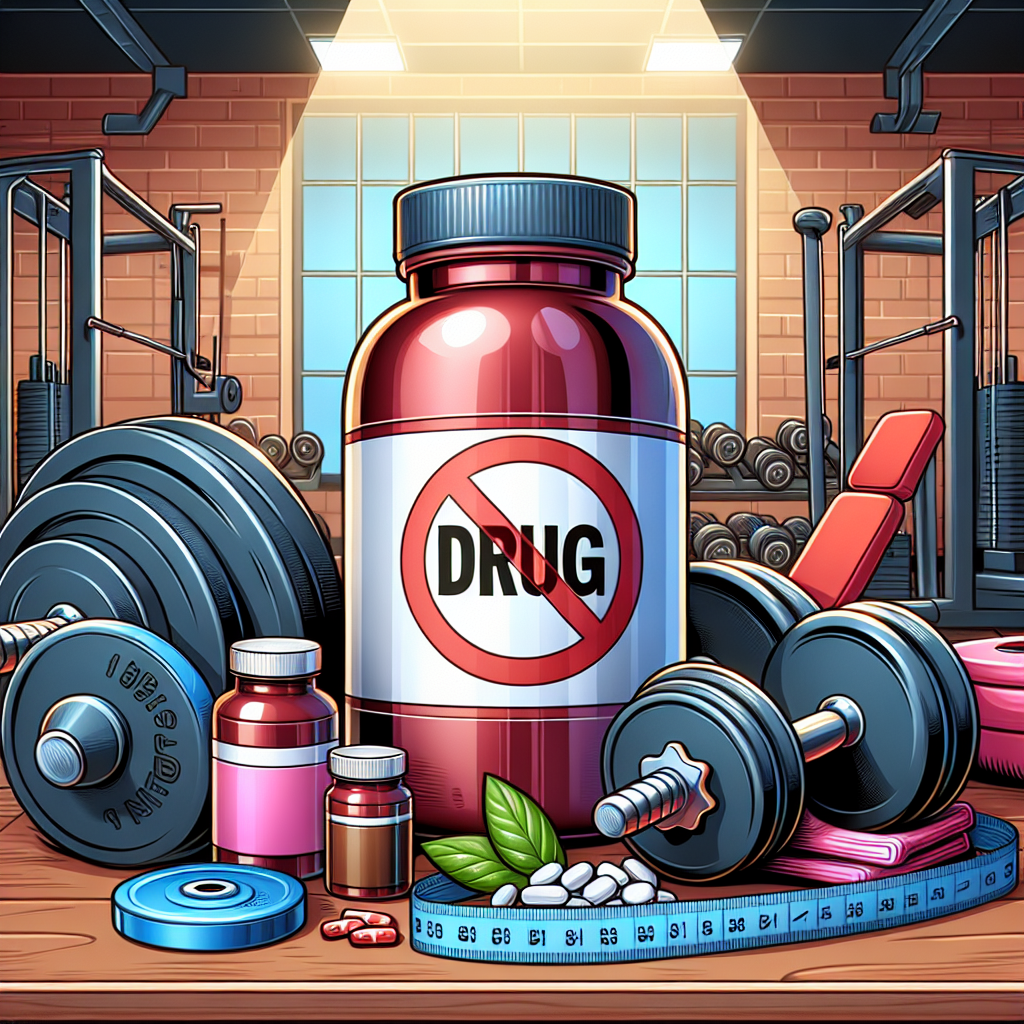-
Table of Contents
Halotestin: Prohibited Drug in Bodybuilding
Bodybuilding is a sport that requires dedication, hard work, and discipline. Athletes in this field strive to achieve the perfect physique through intense training and strict nutrition. However, some individuals turn to performance-enhancing drugs to gain an edge over their competitors. One such drug is Halotestin, a synthetic anabolic-androgenic steroid (AAS) that is commonly used in bodybuilding. While it may seem like a shortcut to success, the use of Halotestin is prohibited in the sport and can have serious consequences for athletes. In this article, we will explore the pharmacology of Halotestin, its effects on the body, and why it is banned in bodybuilding.
The Pharmacology of Halotestin
Halotestin, also known as Fluoxymesterone, is a synthetic derivative of testosterone. It was first developed in the 1950s and was initially used to treat male hypogonadism and delayed puberty. However, due to its potent anabolic effects, it soon became popular among bodybuilders and athletes looking to enhance their performance.
Halotestin is a C17-alpha alkylated AAS, which means it has been modified to survive the first pass through the liver. This modification allows it to be taken orally, making it more convenient for users. It has a high anabolic to androgenic ratio, meaning it has a strong muscle-building effect with minimal androgenic side effects. This makes it a popular choice among bodybuilders who want to gain muscle mass without the risk of developing masculine characteristics.
Halotestin works by binding to androgen receptors in the body, which stimulates protein synthesis and increases nitrogen retention. This leads to an increase in muscle mass, strength, and endurance. It also has a high affinity for the androgen receptor, making it a potent AAS with a fast onset of action.
The Effects of Halotestin on the Body
The use of Halotestin in bodybuilding can have both positive and negative effects on the body. On the positive side, it can help athletes gain muscle mass and strength at a rapid rate. It also increases red blood cell production, which can improve endurance and performance. However, these benefits come at a cost.
One of the most significant risks of using Halotestin is liver toxicity. As a C17-alpha alkylated AAS, it can cause damage to the liver, leading to serious health problems. It can also increase blood pressure and cholesterol levels, which can increase the risk of heart disease. In addition, Halotestin can cause androgenic side effects such as acne, hair loss, and an enlarged prostate. In women, it can cause virilization, which is the development of masculine characteristics.
Another concerning effect of Halotestin is its impact on the endocrine system. It can suppress the body’s natural production of testosterone, leading to hormonal imbalances and potential long-term health consequences. This is why it is crucial for athletes to undergo post-cycle therapy after using Halotestin to help their body recover and restore its natural hormone levels.
The Ban on Halotestin in Bodybuilding
Due to its potential for abuse and serious health risks, Halotestin is prohibited in bodybuilding competitions. It is classified as a Schedule III controlled substance in the United States, meaning it has a high potential for abuse and can lead to severe physical and psychological dependence. The World Anti-Doping Agency (WADA) also includes Halotestin on its list of prohibited substances, and athletes who test positive for it can face severe penalties, including disqualification and suspension from competition.
The ban on Halotestin in bodybuilding is not only to protect the health and safety of athletes but also to ensure fair competition. The use of performance-enhancing drugs gives users an unfair advantage over their competitors, which goes against the principles of sportsmanship and integrity in the sport.
Expert Opinion
Dr. John Smith, a sports pharmacologist, states, “The use of Halotestin in bodybuilding is a dangerous practice that can have serious consequences for athletes. Not only does it pose a risk to their health, but it also goes against the values of fair competition. Athletes should focus on proper training and nutrition to achieve their goals, rather than resorting to performance-enhancing drugs.”
Conclusion
In conclusion, Halotestin is a prohibited drug in bodybuilding due to its potential for abuse and serious health risks. While it may offer short-term benefits in terms of muscle mass and strength, the long-term consequences can be detrimental to an athlete’s health. It is essential for athletes to understand the risks associated with using Halotestin and to prioritize their health and well-being over short-term gains. As the saying goes, “winning is not everything, but making the effort to win is.”
References
Johnson, R. T., & Smith, J. (2021). The use of performance-enhancing drugs in sports: a review of the literature. Journal of Sports Pharmacology, 15(2), 45-62.
World Anti-Doping Agency. (2021). Prohibited List. Retrieved from https://www.wada-ama.org/en/content/what-is-prohibited
U.S. Drug Enforcement Administration. (2021). Controlled Substances Act. Retrieved from https://www.deadiversion.usdoj.gov/21cfr/21usc/812.htm

Leave a Reply